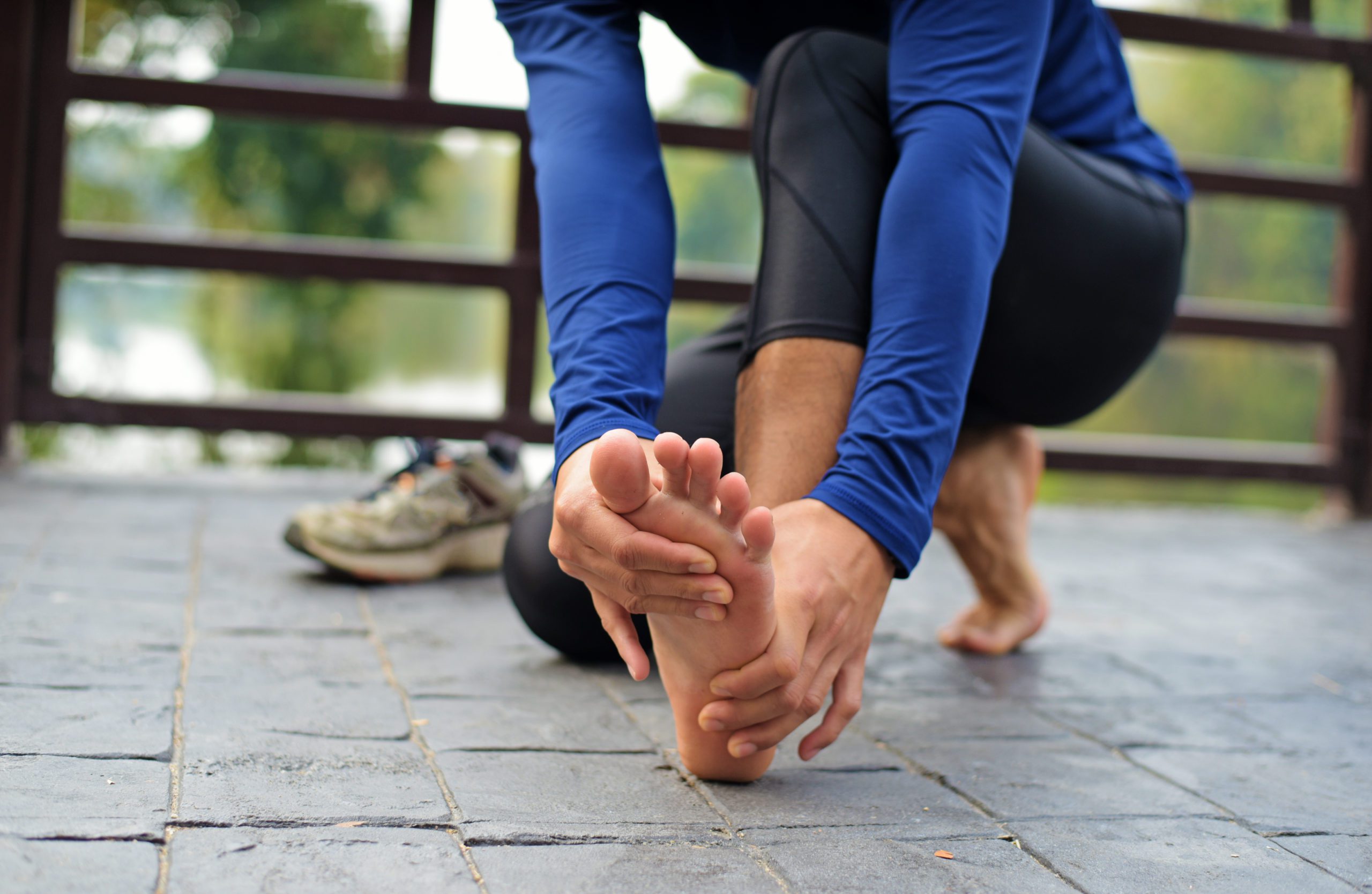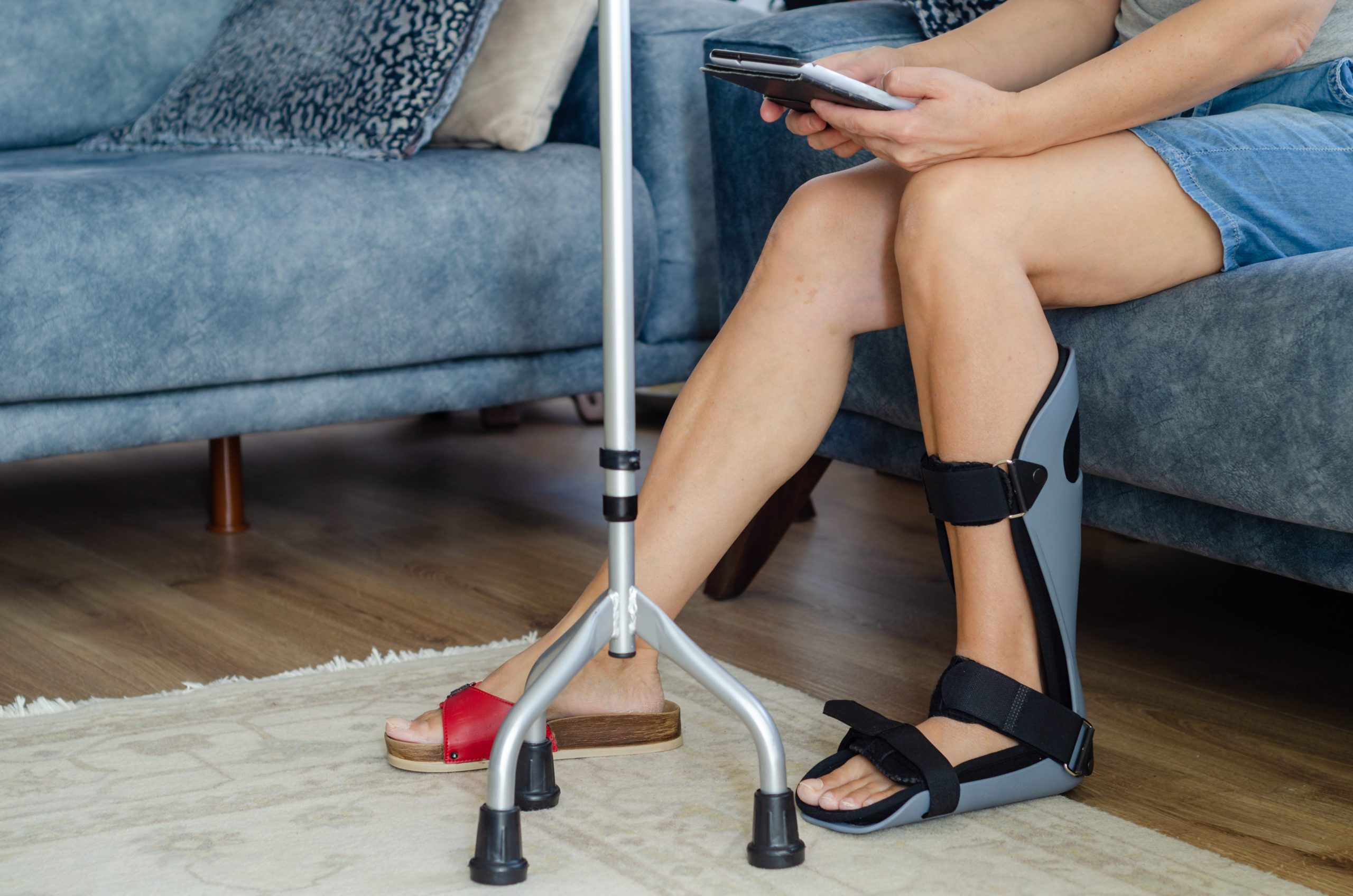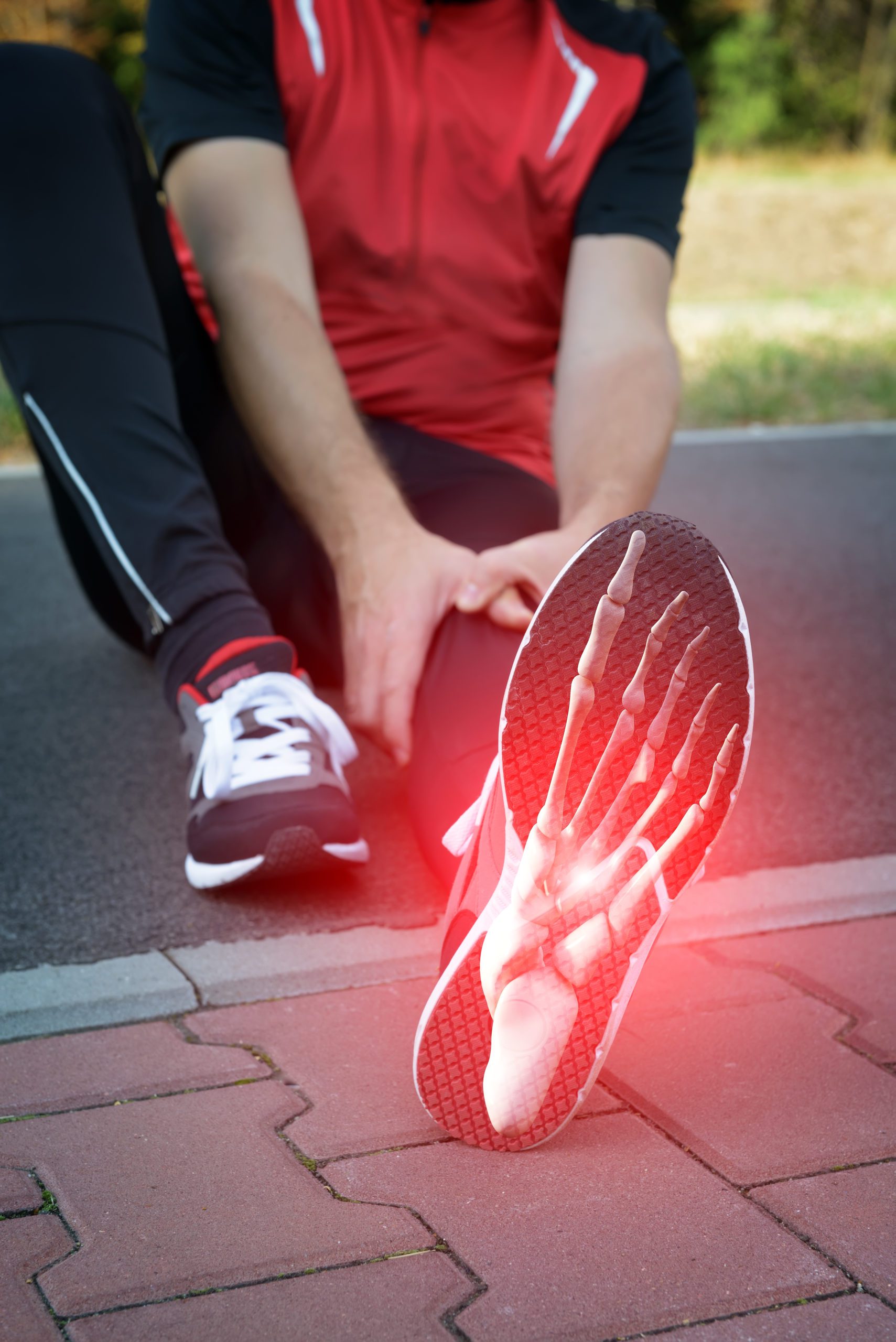Shoes should be selected according to specific activities, foot structure and individual wearer characteristics. The person with Plantar Fasciitis should always wear shoes or supportive sandals such as Birkenstocks or Mephistos.
The use of foot orthotics (foot orthoses or inserts) is often required for the treatment and prevention of Plantar Fasciitis. Orthoses are available as prefabricated or custom made orthotics. A thorough biomechanical assessment allows the Certified Orthotist to determine if and what type of orthosis is most appropriate for the individual client.
Decreasing the repetitions of stress on the inflamed fascia will reduce the destructive forces and help prevent further injury. Changing the activities to reduce load through the foot also reduces chances of re-injury. For example, running can temporarily be replaced by cycling.
Physiotherapy may be prescribed. Initially, therapy will focus on reducing inflammation and then to increase flexibility and strength in order to prevent reoccurrence. Gentle stretching of the Achilles tendon and plantar fascia several times a day will help to prevent further injury.
Icing the heel several times a day will help reduce inflammation. Take care to protect the skin from frostbite.
Cortisone, medication, shock wave therapy, casting and surgery are also used in some cases. Your doctor will help you with other treatments.







